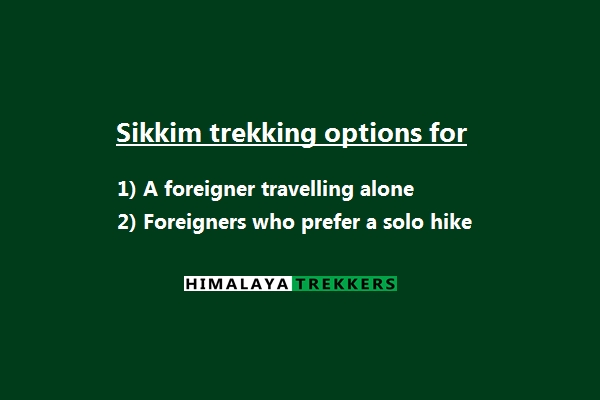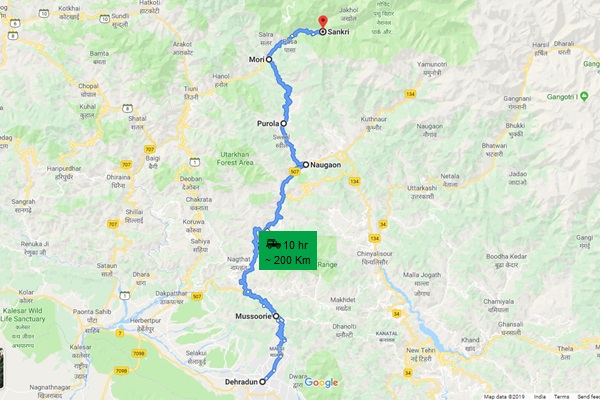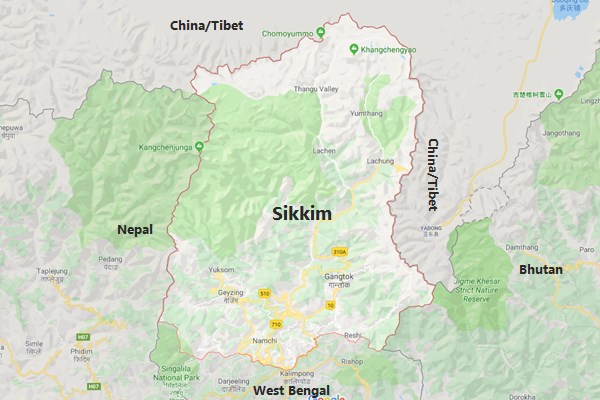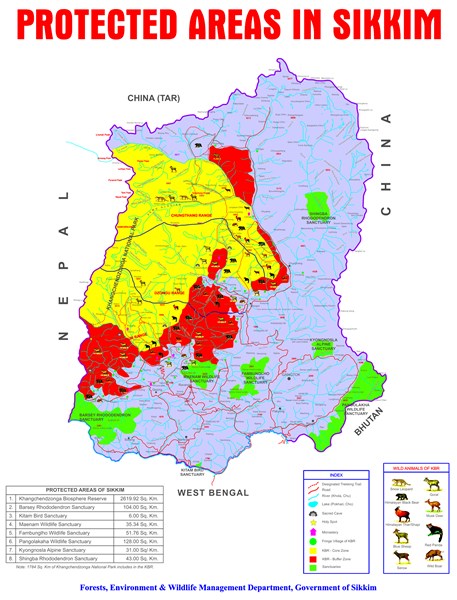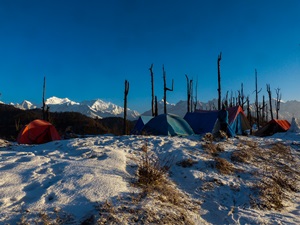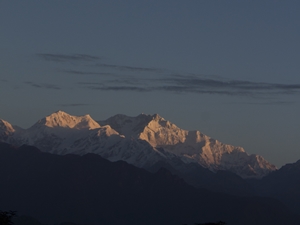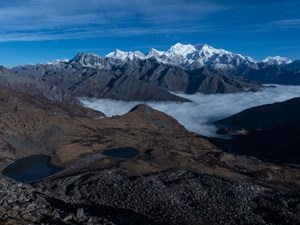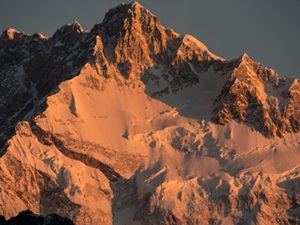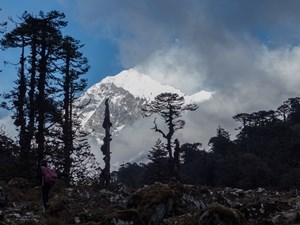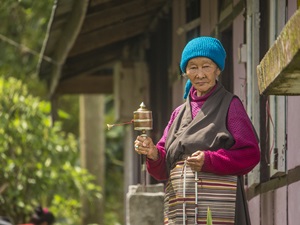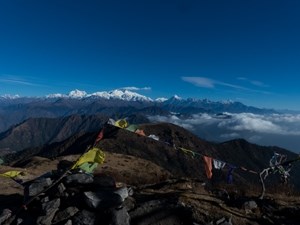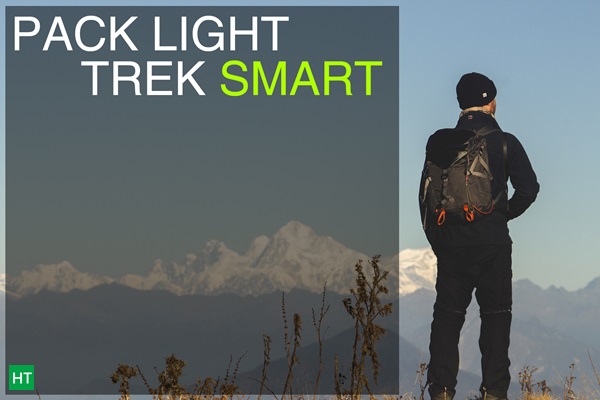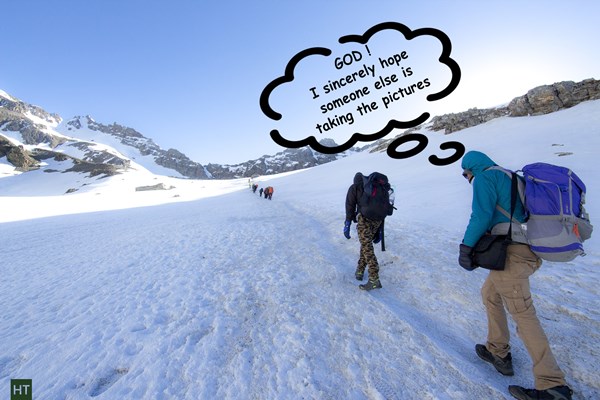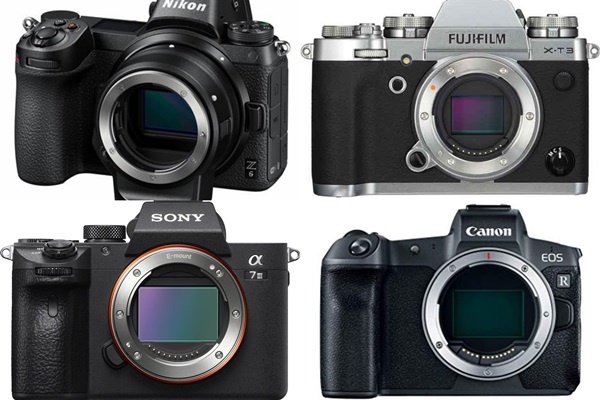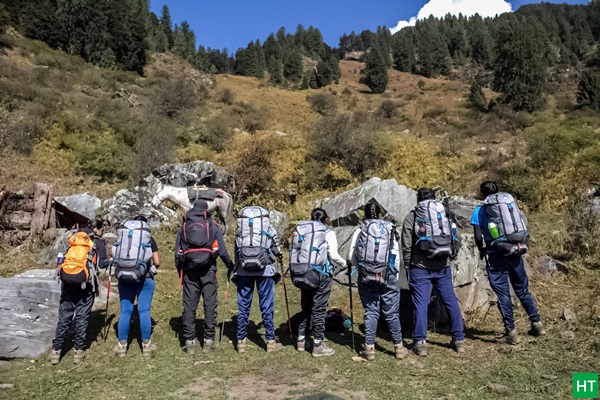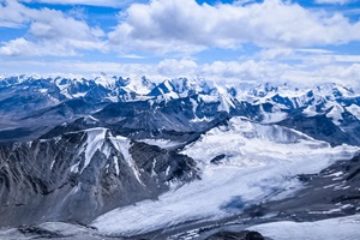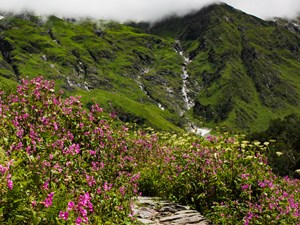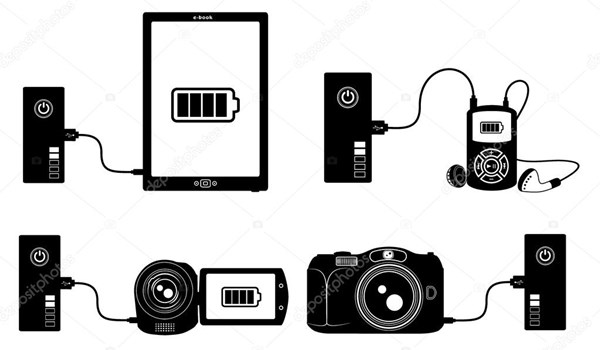Namaste, greetings from India :). Most likely, you are planning your next trekking trip in the Indian Himalayas. Or maybe you’d like to include a trekking or hiking option in your India tour? If either of the answers is yes, please continue reading. Here is your comprehensive guide to getting the essential information and planning your India trekking trip.
We divide the article into two major parts, in which it will give you both general and specific information. However, the aim of this article is not to describe trek routes in India but to provide a more broad spectrum of understanding to get it right from the very beginning.
- A general guide about travelling in India
- Planning your trek in the Indian Himalayas
1) Travelling to India: A general guide:
India is a diverse and culturally rich country that is home to 1.4 billion people. Different languages, dialects, food habits, and customs are great to experience. At the same time, things can go crazy being just unaware of! Here are some things to keep in mind before visiting India:
Visa and Entry Requirements:
Foreigners including OCI must have a valid passport and a visa to enter the country. Make sure to apply for your visa well in advance of your planned travel dates. (Official link: https://indianvisaonline.gov.in/)
Climate and best season to visit:
India has a tropical climate in general, with hot summers and cool winters. In general, the best time to visit India is between October and March, when the weather is pleasant in most parts of the country. (Source: https://www.incredibleindia.org/content/incredible-india-v2/en/travel/about-india/weather.html).
However, there are many trekking routes, especially the ones going above 4000 m, that may be best suited during the summer (May/June) or the brief post-monsoon season (Sep/Oct).
So, if you are primarily visiting India for a trekking and hiking tour, then carefully check the best time to do the particular route or visit a particular state/region.
Language:
India has 22 official languages; Hindi and English act as bridge languages in urban areas and among cosmopolitans. Traditionally, in major or metropolitan cities, people speak and understand English.
Although it is pretty handy to learn a few basic phrases in Hindi or the local language of the region you are visiting.
Culture and Customs:
India is a diverse country with a rich cultural heritage. Respect the local customs and traditions, dress modestly, and be aware of the local etiquette. Remove your shoes before entering temples and other places of worship, and avoid public displays of affection. (Read more here: https://www.roughguides.com/india/culture-etiquette/)
Food and Water:
Indian cuisine is famous for its spices and flavours, but be cautious about what you eat and drink to avoid stomach illnesses or diahrrhea etc, a.k.a “Delhi belly”. Avoid street food unless you are confident of the hygiene standards. Maybe you taste after your trekking days.
You may stick to bottled water particularly when trasiting till you reach a trekking base.
During the trek, water is collected from available fresh running streams, waterfalls and natural springs. We boil the water and then serve it to you. Normally, it is quite safe to do so. If you have faced potable water issue(s) on a trekking trip before, you may consider bringing a straw or a bottle filter along with water purification tablets (e.g., Katadyn, Aquamira, and so on).
Safety & Security:
Like many other countries, India has its share of petty crime and safety concerns. Be cautious of pickpockets in crowded places, scammers, and touts. Avoid travelling alone at night. You may like to inform your embassy about your tour beforehand.
Currency:
The currency in India is the Indian Rupee (INR, stylised as ₹). ATMs are widely available, and credit cards are accepted in most urban areas. Check with your card issuer to make sure that it works in Indian POS systems (stores, merchant outlets, etc.) if you plan to use one. OTP on phone can be a showstopper.
You may bring as many foreign currency notes as you need. Above U.S. $ 5,000 or its equivalent, just fill in this CURRENCY DECLARATION FORM (CDF) by the Reserve Bank of India at the airport customs/immigration counter.
At the New Delhi airport or in the metro cities, you get money exchangers (forex counters). They will match or perhaps be better than most of what the banks offer.
We advise you to carry cash in INR for smaller transactions andtipping/gratuity.
Health check up and get a travel insurance:
Consult your doctor before travelling to India. Make sure to get all the necessary vaccinations before travelling to India. It is also advisable to carry a first-aid kit, especially when you are on an adventure trip, along with any necessary medications. (Source: https://wwwnc.cdc.gov/travel/destinations/traveler/none/india).
We recommend you buy travel and medical insurance that covers your trek at altitude as well as any evacuation expenses.
If any additional places to visit:
You may also plan to visit a few places before or after your trek. E.g., Delhi, Agra, Jaipur, Rishikesh, Varanasi, Darjeeling, and Kolkata are some sightseeing places that are convenient to travel to and from trek bases. In such a case, design your trip in such a way that your travel time and distance remain minimal between these places and your trekking destination or route.
Although it is far from the Himalayas, it is still noteworthy to mention South India here. It has its share of exotic beaches, forests, and hills, as well as backwaters to ancient temples.
2) Planning your trek in the Indian Himalayas:
Indian Himalayan region (IHR) varies 200-300 Km across width, which stretches around 2,500 Km in length. This region is remarkably diverse within itself, in terms of topography, biodiversity, weather, people, and culture.
Trekking in the Himalayas can be a lifetime experience, at the same time it requires careful planning and preparation.
Here are some steps to help you plan your trekking trip to the Indian Himalayas:
Choose your destination:
Your trekking destination and time to visit are the two most important factors while deciding on a trek. We can arrange treks covering all the following states/regions .
- Eastern Himalayan treks (Darjeeling & Sikkim):
- Uttarakhand treks (includes Garhwal & Kumaon regions)
- Himachal Pradesh treks (includes Manali, Pin/Parvati Valley, Lahoul & Spiti, Kinnaur, Miyar valley)
- Treks in Kashmir
- Leh-Ladakh treks (includes Markha, Rupshu, Nubra and Zanskar valley treks)
Additionally, the Himalayas offer a variety of trekking options, from easy, relaxed walks to the most challenging trails. Decide on the level of difficulty you are comfortable with and choose a trek that matches your fitness level and experience.
Decide on the best time to go/Season for a prospective trek/region:
A banal way to describe the best time to go trekking in the Indian Himalayas is from “April to June” and “September to December”! Usually, these months offer good weather conditions, clear skies, and stunning views, and that is it. Now your best time to visit will greatly depend on the route or region you are eyeing.
It is noteworthy to mention that the same trek may be suitable in different seasons with very different perspectives. This needs a more detailed understanding, which we will discuss in a different blog. Here are our lists of:
- Spring treks (March and April)
- Summer treks (May and June)
- Monsoon treks (July and August)
- Post monsoon/Autum/Fall treks (Sep to Nov)
- Winter treks (Dec to Feb)
Get in shape:
Trekking in the Himalayas can be physically demanding, so it’s essential to be in good physical shape. If you are already in a fitness regime, you are surely at an advantage. Otherwise, start a fitness programme at least three months before your trip to build some endurance and strength.
Here is a starter for the beginners:
Hire a professional tour operator (permits, guides, support staff, and logistics):
Hiring a trekking guide is a must (with the exception of a few pilgrim trails). It is much easier to get the required trekking permits from the concerned authorities (like the IMF, the forest department, the district magistrate’s office, etc.) through a registered tour operator. They can provide you with valuable local knowledge, recent weather patterns and updates, suitable alternates, and help with the necessary logistics.
A major part of the Indian Himalayas is significantly remote compared to many other popular mountain ranges across the globe. Only a handful of treks are possible in “Teahouse” mode; otherwise, camping is essential for most of the trails.
Pack wisely:
Packing light is the mantra on a backpacking trip. Pack essential trekking gear including:
- A backpack and a small day pack. Additionally you can take a duffel bag etc., if you are on a longer tour.
- Good quality hiking boots, a quick-dry base layer, warm clothing, gloves, a cap, a sleeping bag (check with your tour operator whether they can provide a suitable one or not), water, and a waterproof outer layer with a hood.
- Sunglasses/anti glare glasses and head torch a backpack , sunscreen lotion, biodegradable toilet paper, zip lock/dry bags, water bottle/hydration pack, and a first aid kit.
- Camera, battery packs/powerbanks or a solar charger. You don’t get an electricity connection after reaching a trek basecamp.
- If your periods may overlap with trekking, then do read this article.
Transport and reaching trek base:
Air connectivity within major Indian cities is good. Additionally, India has a vast railway network. You may choose to take a flight or train from your port of entry, e.g., New Delhi, Mumbai, or Kolkata, to the nearest airports or railheads for your destination. Remember that the Himalayan trek bases are remote places and that the road is the only connection. So finally, you have to take a car ride to reach a trek base and return from the trek end point. Here is a brief outline:
Sikkim Darjeeling treks: Fly to Bagdogra (IXB) from Delhi or Kolkata (CCU) or take a train to New Jalpaiguri station (NJP). From here, base camp is a day’s drive away, and it will take a day to return.
Uttarakhand treks: From Delhi, either fly to Dehradun (DED) or train/bus to Dehradun/Rishikesh (approximately 6 hours). Base camps are full day drive (approx 10 hours) and similarly a day to return from trek end point.
Himachal Pradesh treks: From Delhi take an overnight Volvo bus to Manali or Dharamshala.
Kashmir treks: Fly to Srinagar (SXR). Trek starting points are usually a half-day drive (4 to 5 hours) and so is the return to Srinagar.
Leh-Ladakh treks: Fly to Leh (IXL) or take a scenic drive from Manali or Srinagar to Leh (2 days with a night halt in between).
Within metropolitan cities, you will find metro railways/subways, and city transit buses. In addition to that, you will get prepaid taxi services like Ola or Uber or an Auto Rickshaw for getting around.
Follow the local customs and culture:
The Himalayas are home to many different cultures, and it’s essential to respect the local customs and traditions. Dress appropriately, be respectful of local customs, and ask for permission before taking photographs.
Acclimatise properly:
Your trekking itinerary should provide you with the minimum acclimatisation one may need at altitude. Otherwise, you may suffer from altitude sickness, which usually manifests as a headache with other symptoms including nausea, vomiting, and loss of appetite. If you don’t acclimatise to these existing conditions, then you will have a high chance of getting Acute Mountain Sickness (AMS) at an altitude of ~ 5000 m (16400 ft). If you have already found problems with altitude, we strongly recommend spending more time to acclimatise than the usual suggested itineraries.
Spend at least 3 nights between 1500 and 3000 m (5000 to 10000 ft) before you go higher. Usally, treeline ends a bit higher than this altitude, at ~ 3300 m, in the Western Himalayas. In the Eastern counterpart, treeline recedes by about 3600 m.
Eat as much as you can and drink plenty of water. Keep yourself hydrated. Avoiding alcohol and smoking.
Safety, emergencies and evacuation:
The mountains have rules. They are harsh rules, but they are there, and if you keep to them you are safe – Walter Bonatti
Your safety during the trek greatly depends on your tour operator. Use adequately rated personal and camping equipment. As already said elsewhere, trekking in the Indian Himalayas is quite interior and wild in a sense. So help is likely to be difficult to get in the mountains. A professional and experienced support team is likely to deal better and act faster on the mountains.
Shifting climate patterns have become a concern in the Himalayas too. Even a better weather forecast can switch to a worse one within a day or two. Mobile networks usually work until trek base camps or a bit further. To use a satellite phone in India, one needs to obtain a permit for the specific purpose which is a lengthy process. Additionally, you will not get permission if the trail is near the international border or goes inside protected areas, inner line areas, etc.
Evacuating someone ill or seriously injured on the mountains in general is human-assisted, sometimes using a horse if there is a chance. The first big job is to get to the base camp. From here on, basic medical facilities like a continuous oxygen supply or an intravenous saline system may only be available after a 2 to 3-hour drive to the nearest government health centre or so.
To sum up, it is essential to prepare mentally and physically to deal with the uncertainties and unpredictabilities of the mountains.
Add a few buffer days:
The Himalayas can be a bummer due to bad weather or a rare bad day when you are really unwell. So, it is wise to keep a day or two buffer at the end of your trip.
In case you don’t use these day(s) during the trek, you have plenty of options in places like Darjeeling, Rishikesh, Manali, Srinagar, or Leh.
Enjoy the journey:
Finally, it is all about the journey, and the stunning views of the Himalayas may be a key driver. Be flexible and humble in the mountains; take breaks; enjoy the scenery; and appreciate the unique experience.
We hope the above piece of information helps as a starting point for planning your next trekking trip in the Indian Himalayas. Please feel free to get in touch in one of the following ways:
